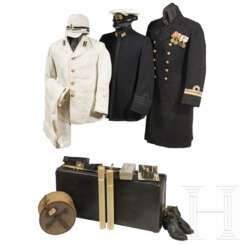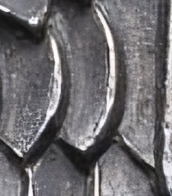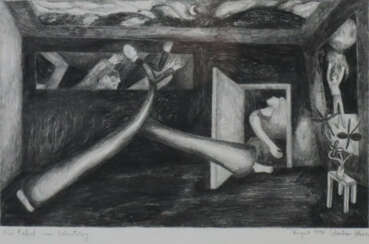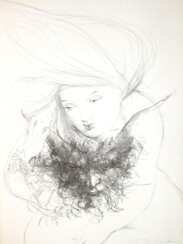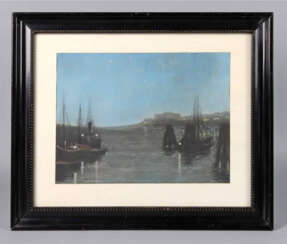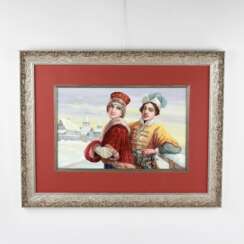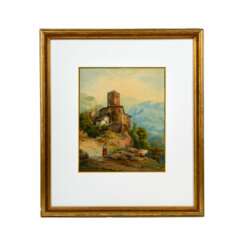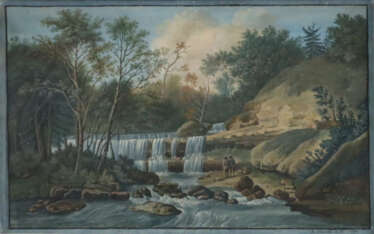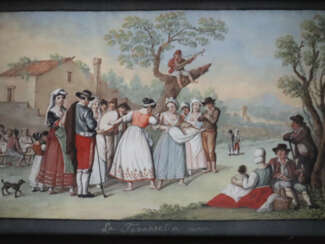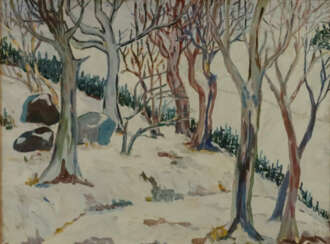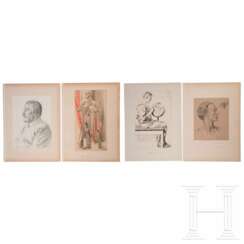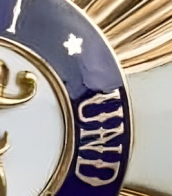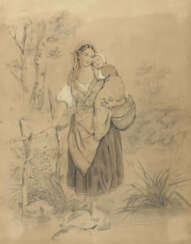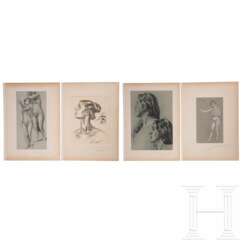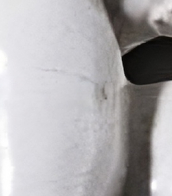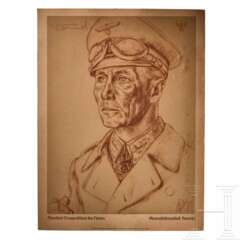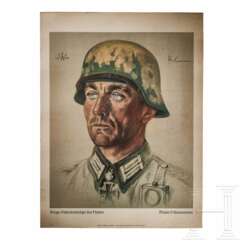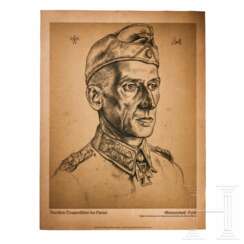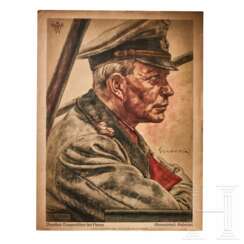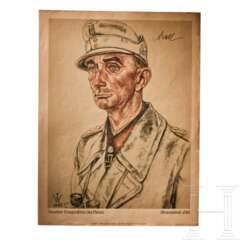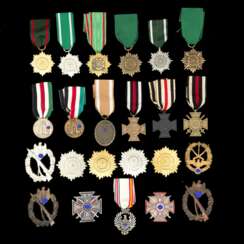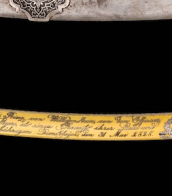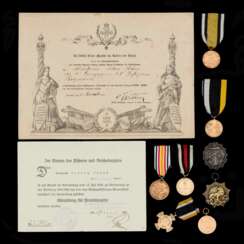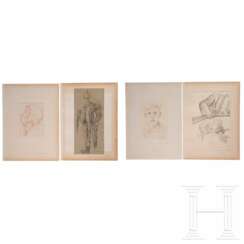816 Items by auctions and galleries:
zeichnung in:
«РАЗНООБРАЗИЕ В СЕРОМ» бумага, карандаш, 80x60, 1991 «VARIETY IN GREY» paper, pencil, 80x60, 1991
Petr Annenkov (b. 1953) 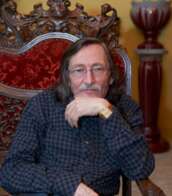 Shop Annenkov Petr
Shop Annenkov Petr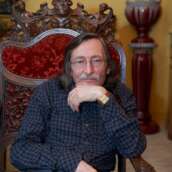

Petr Annenkov
06.03.1953
Russia
Анненков Пётр Тимофеевич
художник, график, живописец,
мультипликатор, художник книги.
член академии художеств республики Узбекистан.
Родился в 1953 году, 6 марта. Окончил Ташкетский художественно-театральный институт им. Островского, отделение книжной графики.
1982-1985 гг. - редактор отдела по художественной детской литературе и изобразительному искусству, главный художник в Министерстве Госкомпечати.
1985-1994 гг. - свободный художник
издательств детской литературы.
с 1994 г. - генеральный директор ООО “Art Press“.
Его работы хранятся в собраниях Государственного музея искусств Узбекистана, музея современного искусства в Москве, музея искусств народов Востока, нукусского музея им. И. В. Савицкого, в Музее Олимпийского движения в Лозанне
(Швейцария), в коллекции музея Ватикана, Президента Узбекистана, Президента России, Президента Фонда Аденауэра, посла Японии в Узбекистане, в Дирекции художественных выставок Министерства по делам культуры Республики Узбекистан, в коллекции Союза художников Узбекистана, в частных собраниях США, Великобритании, Германии, Японии, Турции, Швейцарии, Финляндии и других стан.
Награждён серебрянной медалью Академии художеств Республики Узбекистан (2001 г.), Орденом „Мехнат Шухрати“ (Трудовой Славы) (2002 г.),
званием Заслуженный работник культуры
Республики Узбекистан (2008 г.).

Artist shop
Annenkov Petr
Russia
Number of products: 35
In the stream
Alexey Tatarinov (b. 1998)  Shop Tatarinov Alexey
Shop Tatarinov Alexey

Alexey Tatarinov
21.01.1998
Russia
Art for me is a sublimation of emotions and thoughts, life in the moment, another world and reality, into which I am immersed. I write in different styles and am not attached to them as such, I do not divide art according to them, as well as music. I like to immerse myself in different cultures, religions, customs of other peoples and peculiarities of languages. Besides art, I am involved in business, music and sports.

Artist shop
Tatarinov Alexey
Russia
Number of products: 7
Lot 162 Gerhard Hoehme. Zeichnung
Gerhard Hoehme (1920 - 1989) 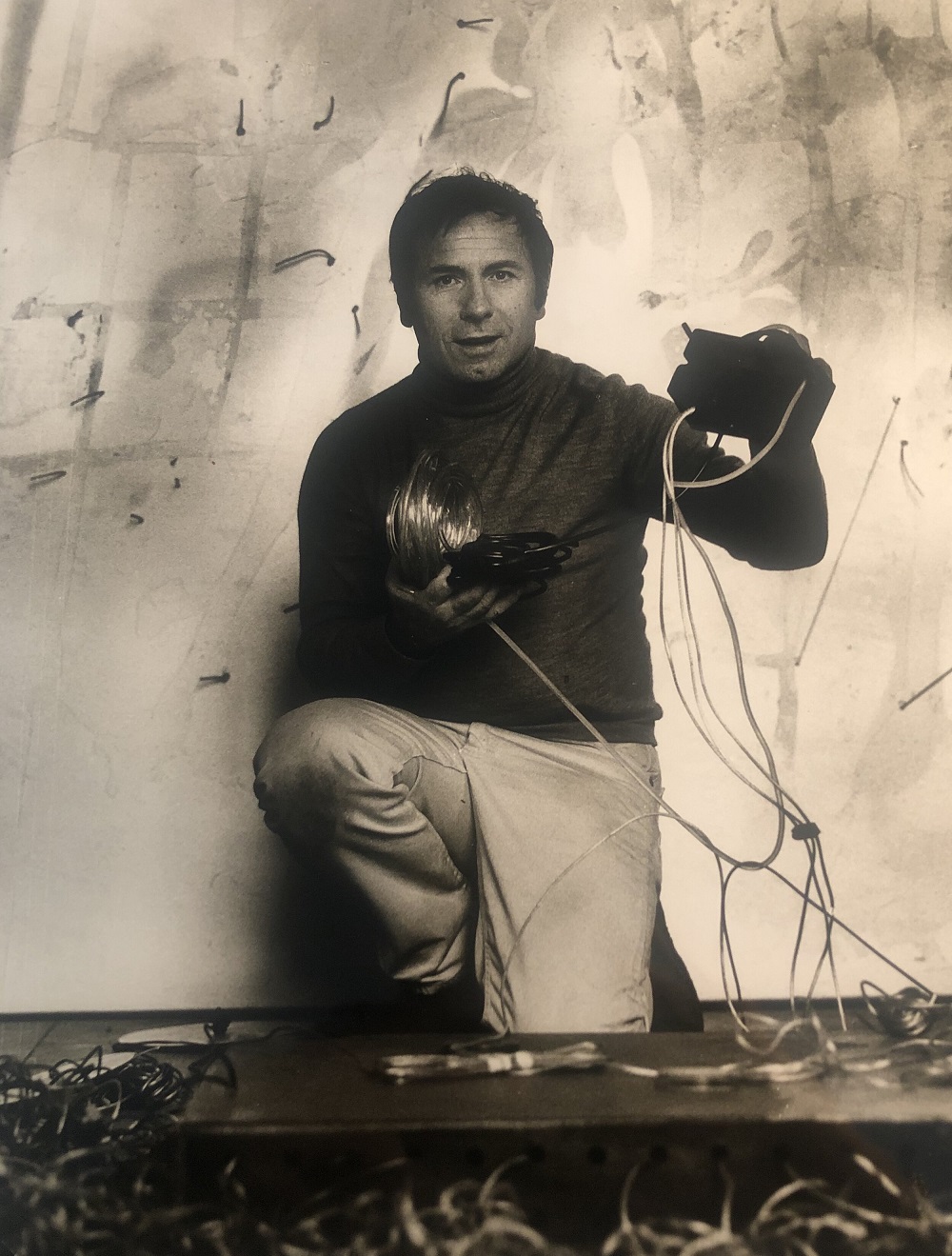 A1282: Galerie Thomas – Part II
A1282: Galerie Thomas – Part II 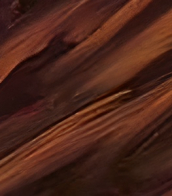

Gerhard Hoehme
05.02.1920 - 29.06.1989
Germany
Gerhard Hoehme was a German expressionist painter.

VAN HAM Kunstauktionen GmbH
A1282: Galerie Thomas – Part II
Date: 08.12.2025 17:00 UTC +01:00
Number of lots in the catalog: 146
